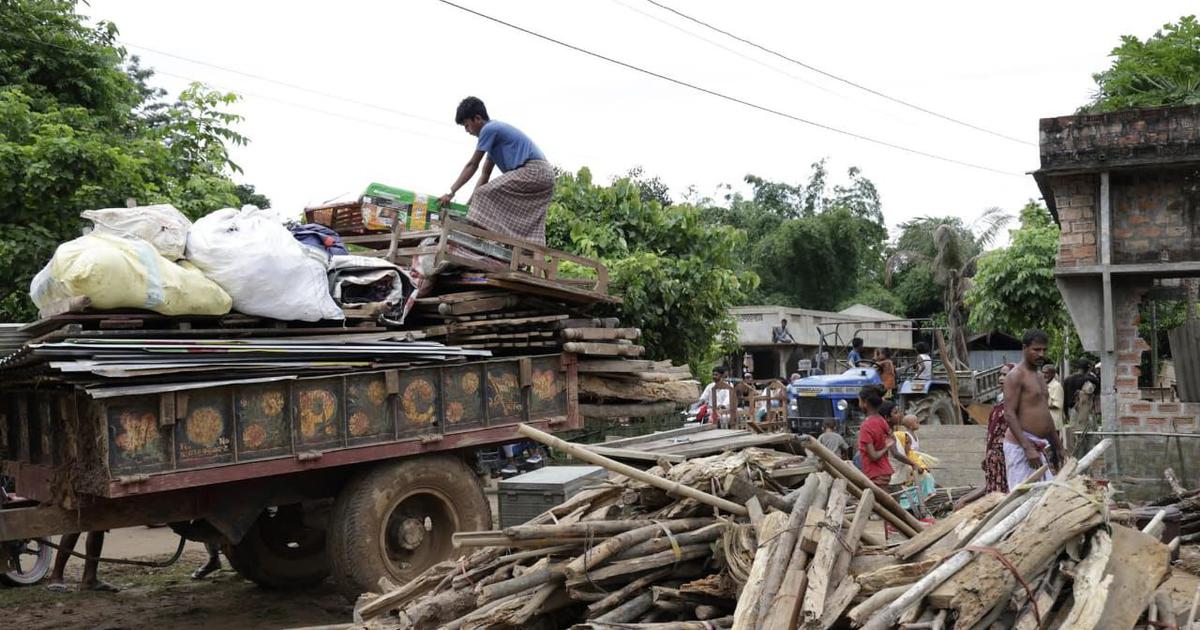By Zafar Aafaq
“My brother, my two sisters, and my father were buried in the graveyard,” said Nasir Ali.
In the last five decades, the 66-year-old gravedigger has been called upon several times to help in the last rites of local residents at the graveyard near the Akhondji mosque in Delhi’s Mehrauli.
The graveyard was also the resting place for the dead lying unclaimed in hospitals or those whose families found it difficult to take them back to their homes in far-off states. “During the Covid-19 [pandemic], we buried so many strangers here,” said Ali, a retired official of the Municipal Corporation of Delhi.
But today, neither the mosque, nor the Bahrul Uloom madrasa that stood next to it in the forest of Sanjay Van, nor the graveyard remain.
In their place, as videos shot by residents show, is a heap of rubble, blocked off by police barricades.
At dawn on January 30, the Delhi Development Authority ran its bulldozers on the mosque, the madrasa, the graveyard and an unknown number of graves of Sufi saints in the forest. The authority claimed these were illegal structures.
Though it is not certain when the Akhondji mosque was built, historical records show that it existed in 1853-’54 – over a century before the Delhi Development Authority was set up.
The shock demolition has left Muslim residents in Mehrauli, who prayed at the mosque and buried their dead in the graveyard, with a sense of dismay and helplessness.
“I am counting my days,” said Mohammad Rafiq, a 92-year-old. “But now that they have overrun the place with bulldozers, I do not know where I will be buried.”
This story was originally published in scroll.in. Read the full story here.






